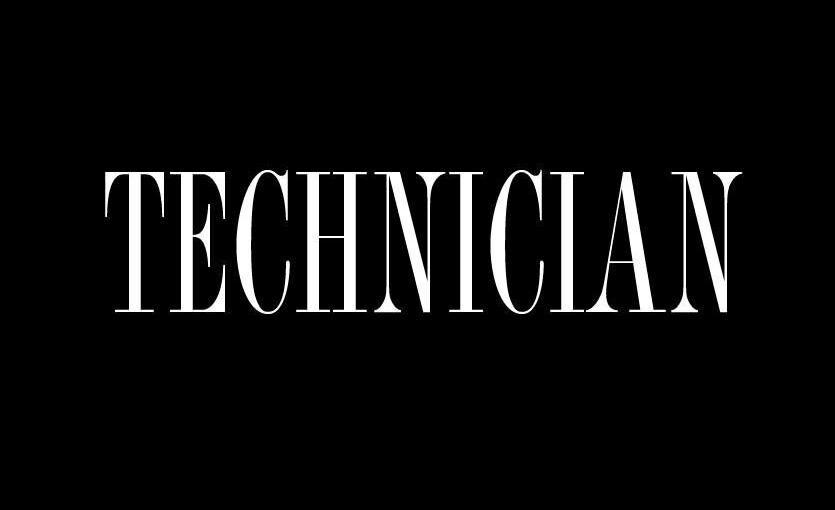Picture this, and it shouldn’t be too hard. After the countdown, the clock strikes midnight — it’s 2025. New year, new you, right?
You may have goals that you want to achieve in the coming year — whether they be fitness-related, lifestyle-related, forming new habits in your personal life or updating any other aspect of your life that isn’t to your liking. As that clock strikes midnight, you resolve to do whatever it is that you think will improve your quality of life during and after 2025.
You start off fairly strong, riding that high everyone feels when entering a new year. You may make an effort for the first few days to wake up two hours early and head to the gym before work or pass over your usual fast-food stop on the way home in favor of a healthier meal.
However, just a week later, you are snoozing that 5 a.m. alarm, and the employee at the fast-food joint remembers your face from the last shift they worked. What happened in this short span that led to this major shift?
Just know you aren’t alone. Around 88% of people who set New Year’s resolutions fail within the first two weeks of the year.
At first glance, this statistic seems impossible — how is it that such a prominent tradition fails so frequently?
Many cannot see their resolutions through because their goals are broad and unrealistic. Shooting for the stars is important, but you must have the fuel to get there.
Goals such as “eating healthier” and “working out more” fall under the category of broad and unrealistic. Both can be an end goal, but resolutions should begin as small steps in the right direction until a person feels ready to take the next steps.
SMART goals are often used to help people plan major shifts in their lives. The acronym suggests that a “SMART” goal is specific, measurable, achievable, relevant and time-bound.
If our person who was aiming to “work out more” wanted to turn this broad mantra into an achievable goal, they can create a framework using the SMART acronym.
To begin, the goal must be specific. To that end, the person could adjust their goal to be “I want to exercise three days a week before I go to work in the morning.” This goal has already become much more attainable.
Then, the goal should be made to be measurable. Including traceable benchmarks, such as how heavy the weights are after a certain amount of time, could bolster confidence in continuing to develop a habit of going to the gym.
The goal must also be achievable. No person can walk into Carmichael for the first time and bench 225 pounds — those numbers come with commitment, perseverance and time.
To make the goal more relevant, the person setting it can think of the big-picture reasons for wanting to work out. Do they want to be healthier, live longer or be stronger? By vocalizing these reasons, the means to achieve the goal become more reasonable.
Finally, placing a goal on a timeline makes it easier to stick to it. Going three days a week already places the goal on a timeline, but combining the previously mentioned benchmarks into the timeline, such as saying you will be lifting at least your body weight two months from now, gives you things to look forward to in the future.
As students, we are also given the perfect opportunity to begin our resolutions early in December as winter break starts. This gives us time to consider what we must do to make our New Year’s goals “SMART.”
If you are always waiting for New Year’s Day to start your life-changing habits, you’ll struggle to change in the other 364 days of the year.
And, of course, it goes without saying that just because your New Year’s resolutions didn’t stick, that doesn’t mean that you can’t start again later in the year. If you want to bring change into your life, you can — any time, any day.













